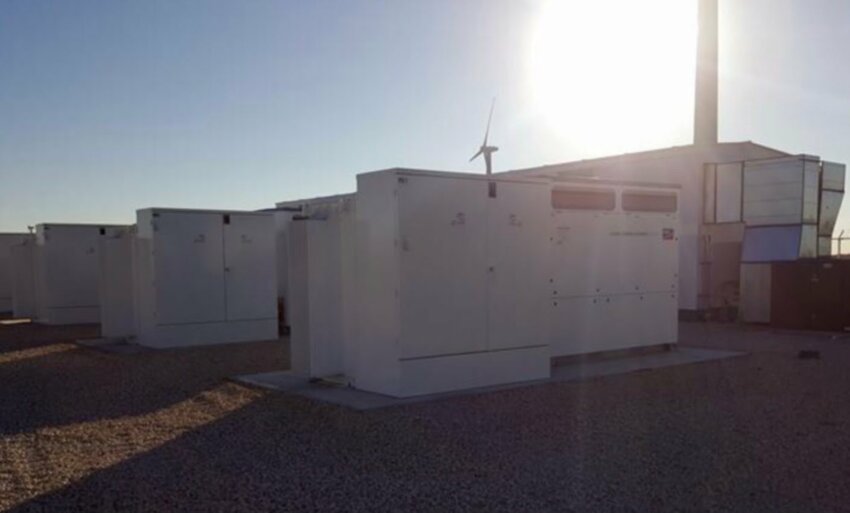 (Credit: Wärtsilä)
(Credit: Wärtsilä)Utility-scale energy storage is on a growth curve to exceed $188 billion by 2029, driven largely by the increasing use of solar and wind generation, according to a new report from Guidehouse Insights. Energy storage can help maintain grid stability and increase efficiency by allowing nonessential fossil fuel power plants to close.
In this environment, utility-scale energy storage is considered a key component of new power system planning efforts in countries around the world, representing a major shift from 2018 when the technology was still largely considered too expensive or complex for integration into energy markets. Although several competing UES technologies with differing characteristics are matched for certain applications, battery energy storage systems are emerging as the leading technology globally for new projects.
As the market matures, the role of utility-scale energy storage systems integrators has become the key position in the value chain for ensuring that projects are successfully built and that they become profitable, Guidehouse Insights says.
The report ranks companies responsible for the integration of battery technologies. These companies are “actively pushing the boundaries of how energy storage is viewed by stakeholders in the industry, and they are working to open new markets,” says Ricardo F. Rodriguez, research analyst with Guidehouse Insights.
According to the report, the top utility-scale energy storage systems integrators include:
—Fluence
—Tesla
—RES
—Powin Energy
—Nidec ASI
—Con Edison Battery Storage
—Wärtsilä Energy Storage & Optimisation
—NextEra Energy Resources
—LG CNS
—General Electric Energy Storage
Last month, the world’s largest utility-scale battery energy storage system went online. The 300 megawatts/1,200 megawatt-hours lithium-ion battery storage system is located on-site at Vistra’s Moss Landing Power Plant in Monterey County, California. Construction is already underway on Phase II, which will add an additional 100 MW/400 MWh to the facility by August 2021, bringing its total capacity to 400 MW/1,600 MWh.